Home » Application » History of Wind Energy Applications
History of Wind Energy Applications
Wind is used to produce electricity by converting the kinetic energy of air in motion into electricity. In modern wind turbines, wind rotates the rotor blades, which convert kinetic energy into rotational energy. This rotational energy is transferred by a shaft which to the generator, thereby producing electrical energy. The use of wind energy can be traced back thousands of years to many ancient civilizations. The ancient human histories have revealed that wind energy was discovered and used independently at several sites of the earth.
Kites
Kites were invented in China as early as the fifth or fourth centuries BC. A famous Chinese ancient legalist Han Fei-Zi (280–232 BC) mentioned in his book that an ancient philosopher Mo Ze (479–381 BC) spent three years to make a kite with wood but failed after one-day flight.
Sailing
As early as about 4000 B.C., the ancient Chinese were the first to attach sails to their primitive rafts. From the oracle bone inscription, the ancient Chinese scripted on turtle shells in Shang Dynasty (1600 B.C.–1046 B.C.), the ancient Chinese character “凡” often appeared. In Han Dynasty (220 B.C.–200 A.D.), Chinese junks were developed and used as ocean-going vessels. As recorded in a book wrote in the third century, there were multi-mast, multi-sail junks sailing in the South Sea, capable of carrying 700 people with 260 tons of cargo. Two ancient Chinese junks are shown in figures below. The figure on the left is a two-mast Chinese junk ship for shipping grain, quoted from the famous encyclopedic science and technology book Exploitation of the works of nature. The other one illustrates a wheel boat in Song Dynasty (960–1279). It mentioned in that this type of wheel boats was used during the war between Song and Jin Dynasty (1115–1234).
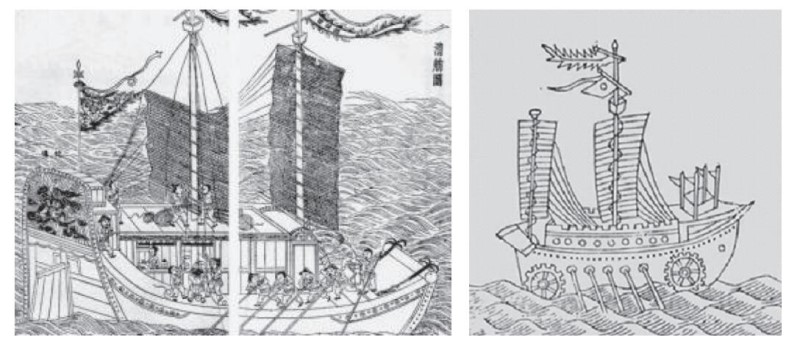
Wind in metal smelting processes
About 300 BC, ancient Sinhalese had taken advantage of the strong monsoon winds to provide furnaces with sufficient air for raising the temperatures inside furnaces in excess of 1100°C in iron smelting processes. This technique was capable of producing high-carbon steel.
The double acting piston bellows was invented in China and was widely used in metallurgy in the fourth century BC. It was the capacity of this type of bellows to deliver continuous blasts of air into furnaces to raise high enough temperatures for smelting iron. In such a way, ancient Chinese could once cast several tons of iron.
Windmills
China has long history of using windmills. The unearthed mural paintings from the tombs of the late Eastern Han Dynasty (25–220 AD) at Sandaohao, Liaoyang City, have shown the exquisite images of windmills, evidencing the use of windmills in China for at least approximately 1800 years.
The practical vertical axis windmills were built in Sistan (eastern Persia) for grain grinding and water pumping, as recorded by a Persian geographer in the ninth century.
The horizontal axis windmills were invented in northwestern Europe in 1180s. The earlier windmills typically featured four blades and mounted on central posts – known as Post mill. Later, several types of windmills, e.g. Smock mill, Dutch mill, and Fan mill, had been developed in the Netherlands and Denmark, based on the improvements on Post mill.
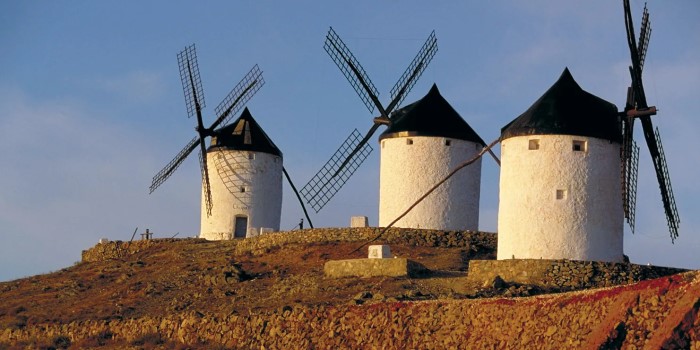
Wind turbines
Unlike windmills which are used directly to do work such as water pumping or grain grinding, wind turbines are used to convert wind energy to electricity. The first automatically operated wind turbine in the world was designed and built by Charles Brush in 1888. This wind turbine was equipped with 144 cedar blades having a rotating diameter of 17 m. It generated a peak power of 12 kW to charge batteries that supply DC current to lamps and electric motors.
As a pioneering design for modern wind turbines, the Gedser wind turbine was built in Denmark in the mid-1950s. Today, modern wind turbines in wind farms have typically three blades, operating at relative high wind speeds for the power output up to several megawatts.
Kites
Kites were invented in China as early as the fifth or fourth centuries BC. A famous Chinese ancient legalist Han Fei-Zi (280–232 BC) mentioned in his book that an ancient philosopher Mo Ze (479–381 BC) spent three years to make a kite with wood but failed after one-day flight.
Sailing
As early as about 4000 B.C., the ancient Chinese were the first to attach sails to their primitive rafts. From the oracle bone inscription, the ancient Chinese scripted on turtle shells in Shang Dynasty (1600 B.C.–1046 B.C.), the ancient Chinese character “凡” often appeared. In Han Dynasty (220 B.C.–200 A.D.), Chinese junks were developed and used as ocean-going vessels. As recorded in a book wrote in the third century, there were multi-mast, multi-sail junks sailing in the South Sea, capable of carrying 700 people with 260 tons of cargo. Two ancient Chinese junks are shown in figures below. The figure on the left is a two-mast Chinese junk ship for shipping grain, quoted from the famous encyclopedic science and technology book Exploitation of the works of nature. The other one illustrates a wheel boat in Song Dynasty (960–1279). It mentioned in that this type of wheel boats was used during the war between Song and Jin Dynasty (1115–1234).

Wind in metal smelting processes
About 300 BC, ancient Sinhalese had taken advantage of the strong monsoon winds to provide furnaces with sufficient air for raising the temperatures inside furnaces in excess of 1100°C in iron smelting processes. This technique was capable of producing high-carbon steel.
The double acting piston bellows was invented in China and was widely used in metallurgy in the fourth century BC. It was the capacity of this type of bellows to deliver continuous blasts of air into furnaces to raise high enough temperatures for smelting iron. In such a way, ancient Chinese could once cast several tons of iron.
Windmills
China has long history of using windmills. The unearthed mural paintings from the tombs of the late Eastern Han Dynasty (25–220 AD) at Sandaohao, Liaoyang City, have shown the exquisite images of windmills, evidencing the use of windmills in China for at least approximately 1800 years.
The practical vertical axis windmills were built in Sistan (eastern Persia) for grain grinding and water pumping, as recorded by a Persian geographer in the ninth century.
The horizontal axis windmills were invented in northwestern Europe in 1180s. The earlier windmills typically featured four blades and mounted on central posts – known as Post mill. Later, several types of windmills, e.g. Smock mill, Dutch mill, and Fan mill, had been developed in the Netherlands and Denmark, based on the improvements on Post mill.

Wind turbines
Unlike windmills which are used directly to do work such as water pumping or grain grinding, wind turbines are used to convert wind energy to electricity. The first automatically operated wind turbine in the world was designed and built by Charles Brush in 1888. This wind turbine was equipped with 144 cedar blades having a rotating diameter of 17 m. It generated a peak power of 12 kW to charge batteries that supply DC current to lamps and electric motors.
As a pioneering design for modern wind turbines, the Gedser wind turbine was built in Denmark in the mid-1950s. Today, modern wind turbines in wind farms have typically three blades, operating at relative high wind speeds for the power output up to several megawatts.
Post a Comment:
You may also like:

Featured Articles
Applications for Small Wind Turbines
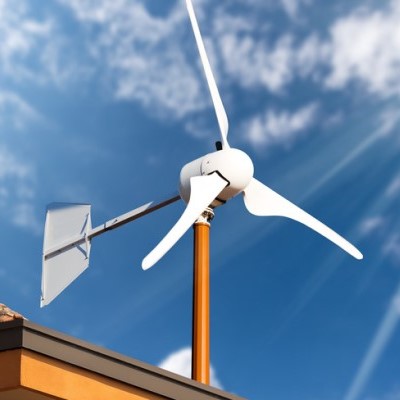 Small-scale wind energy is a small but rapidly growing segment of the RE industry in the US. Like other renewable sources, in its ...
Small-scale wind energy is a small but rapidly growing segment of the RE industry in the US. Like other renewable sources, in its ...
 Small-scale wind energy is a small but rapidly growing segment of the RE industry in the US. Like other renewable sources, in its ...
Small-scale wind energy is a small but rapidly growing segment of the RE industry in the US. Like other renewable sources, in its ...Wind Turbine for Onshore Application
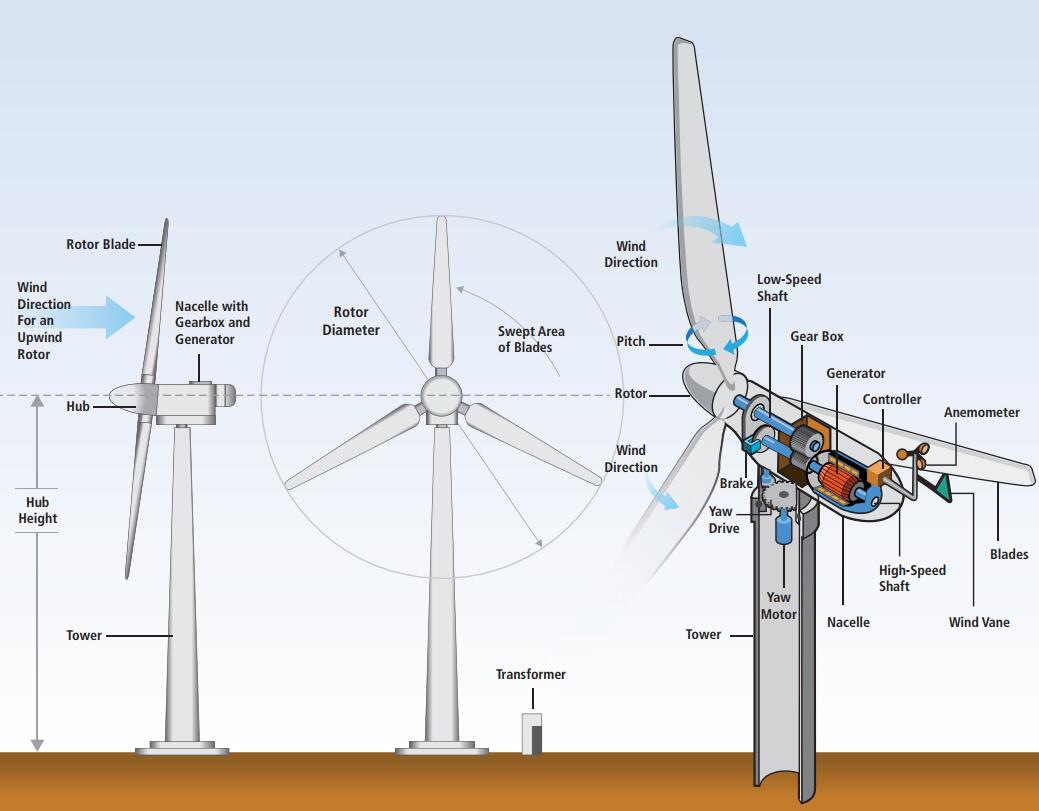 Modern, commercial grid-connected wind turbines have evolved from small, simple machines to large,highly ...
Modern, commercial grid-connected wind turbines have evolved from small, simple machines to large,highly ...
 Modern, commercial grid-connected wind turbines have evolved from small, simple machines to large,highly ...
Modern, commercial grid-connected wind turbines have evolved from small, simple machines to large,highly ...Application in Severe Climates
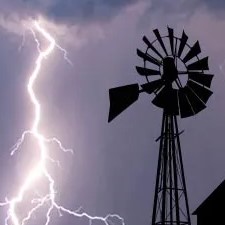 Operation in severe climates imposes special design considerations on wind turbines. Severe climates may include those with ...
Operation in severe climates imposes special design considerations on wind turbines. Severe climates may include those with ...
 Operation in severe climates imposes special design considerations on wind turbines. Severe climates may include those with ...
Operation in severe climates imposes special design considerations on wind turbines. Severe climates may include those with ...Application in Energy Storage
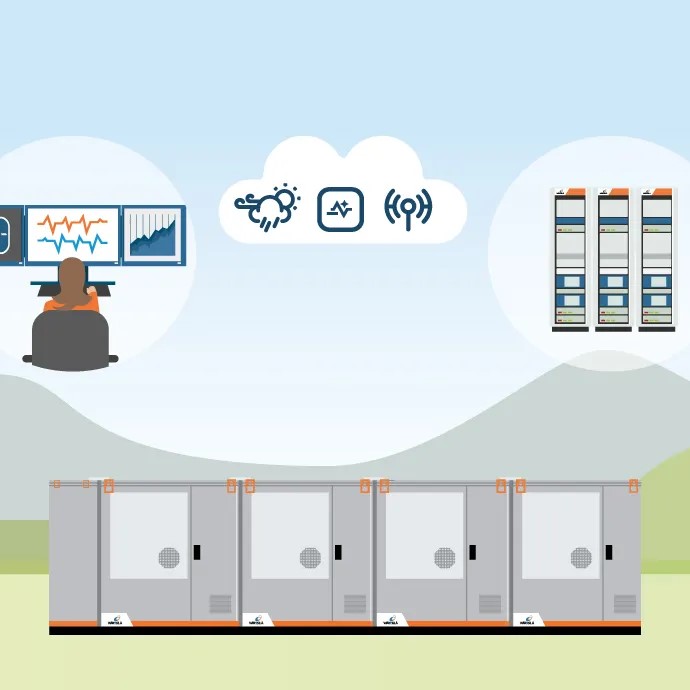 With the development of science and technology, energy storage is one of the most effective ways to solve the problem of ...
With the development of science and technology, energy storage is one of the most effective ways to solve the problem of ...
 With the development of science and technology, energy storage is one of the most effective ways to solve the problem of ...
With the development of science and technology, energy storage is one of the most effective ways to solve the problem of ...History of Wind Energy Applications
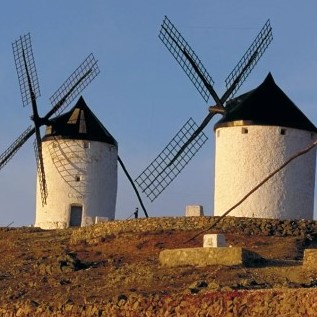 Wind is used to produce electricity by converting the kinetic energy of air in motion into electricity. In modern wind ...
Wind is used to produce electricity by converting the kinetic energy of air in motion into electricity. In modern wind ...
 Wind is used to produce electricity by converting the kinetic energy of air in motion into electricity. In modern wind ...
Wind is used to produce electricity by converting the kinetic energy of air in motion into electricity. In modern wind ...